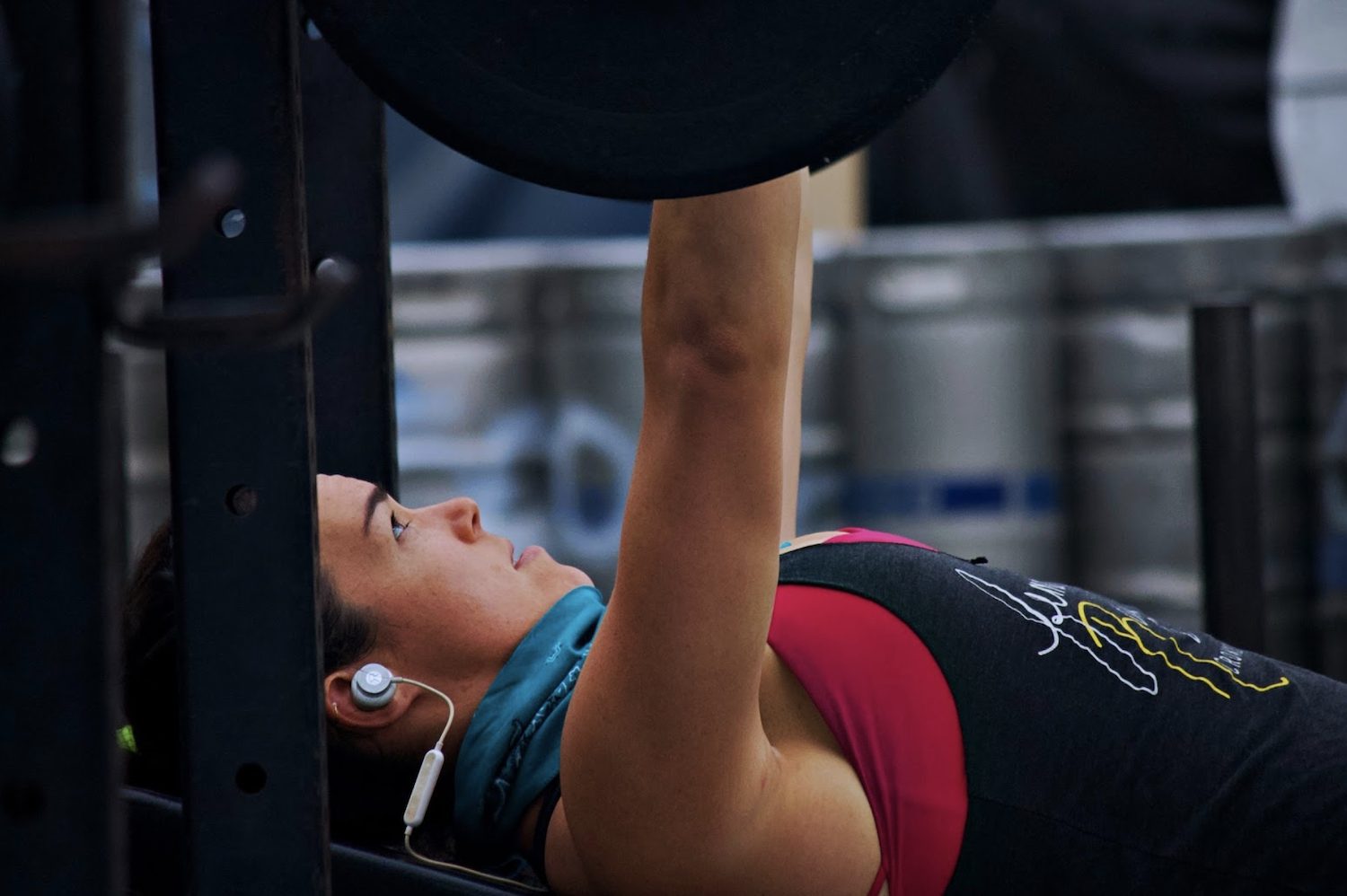
A title this nerdy deserves some simplification. While the topic here is nearly universally important, it doesn’t mean we need to lose any motivated readers because of ego stroking technical language.
The reference to “external load” is fancy talk for the piece of equipment that you’re using in your training. “External load” is the dumbbell, the barbell, the kettlebell, etc. The idea of “motor recruitment” is about how well you use your muscles. Think of your body as an anatomy poster with a zillion different muscles including the big classic muscles and tiny obscure muscles. Motor recruitment is your brain’s ability to recruit as many muscles as possible to do the work. If you’re doing a task, improved motor recruitment means more muscular help to do the job. Poor muscular recruitment means you might have fifty muscles available to do work, but your brain only calls upon 60% of them.
While it seems trivial, there are remarkable improvements in motor recruitment that are possible by simply squeezing the handle as you press it (rather than simply holding it), for example. If you’re a mover in the gym in any context, you’re in the business of better motor recruitment. The quickest way to recruit more musculature to accomplish a fitness task is to be actively engaged with your implement (and it takes no skill to do this). Passive pulling, pushing, and holding of the implements you use in the gym means you’re leaving motor potential on the table. As crude as it sounds, I like to say: “you’re always doing something to the equipment.”
This is even true in examples that seem less obvious. If you can follow my example above about crushing the handle of the implement that you’re pressing as a means to improve motor recruitment, you might not assume that actively squeezing and pulling the barbell into your on your back while squatting recruits musculature that aids in moving a heavy load albeit with your legs, as well. If you don’t think a more rigid upper back is critical to doing major work in the back squat, you likely haven’t squatted heavy.
This notion is true even in “open chain” movements that are more dynamic and involve leaving the ground like the Olympic lifts. While it’s common language for weightlifting coaches to refer to athletes “receiving the bar”, the reality is that we need to put the bar where we want it rather than passively receive it. Pulling against the bar in the first and second pull of the clean, for example, doesn’t mean the bar floats into position during the transition under the bar (or third pull). A better weightlifter recruits musculature by having an active relationship with the implement that can get the athlete into the receiving position with greater velocity and stability.
For better motor recruitment, always have an active over a passive relationship with your training equipment in the gym. No muscles left behind!
7/3/20 WOD
DEUCE ATHLETICS GPP
5-5-5-5
Zercher Squat
Complete 3 rounds for quality of:
10 Superman Rocks
:30 Side Plank (ea)
Then, complete 3 round for time of:
1 Bull Run
20 Front Rack Reverse Lunges (95/65)
30 KB Swings (53/44)
DEUCE BACKLOT GPP
Then, complete 3 rounds for quality of:
10 Supported Tuck Ups
10 Curl Up + Curl Down
50 Russian Medball Twists
Then, complete the following for time:
1500m Row
30 Shoulder-to-Overhead (185/125)
25 Burpees
100m Row
DEUCE GARAGE GPP
12-12-12-12
Tempo DB Goblet Squats
Then, complete 3 rounds of:
12 DB Deadbugs
10 Tempo Inverted Rows
Then, complete 3 rounds for decreasing times of:
20 Up Downs
400m Run
-Rest as Needed-
*Athletes pay a 15 burpee penalty for each round without a negative split

